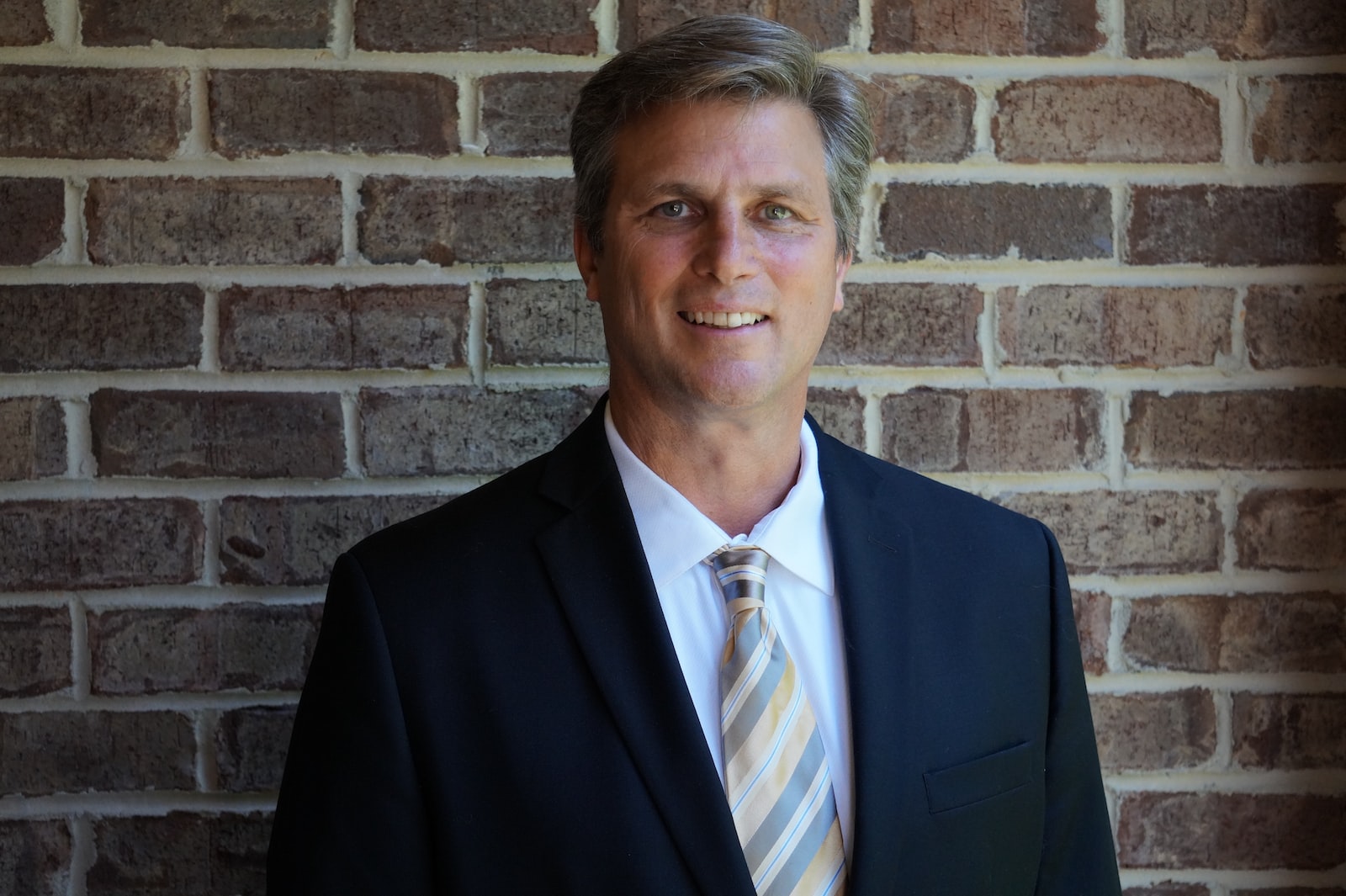By Richard Godfrey, CEO & Co-founder Avec-me
Sindhu Mahadevan describes her journey to becoming a Canadian permanent resident in a first person article published at www.cbc.ca. She titled her article, “Last year Canada became my home. Feeling like a Canadian will take a bit longer.
Over a decade ago Sindhu left her native India to immigrate to the United States. She lived in the US for nearly ten years on a visa. She writes of her experience in the U.S.,
“I befriended many warm, generous Americans and invested effort to understand American culture, politics, social issues and history.”
But, as she explains, the warmth and welcome of the people was not matched, at least in her experience, with the structure she would need to accommodate to make America her new home.
But while the Americans I met made me feel welcome, the U.S. immigration system never let me forget that I was not an American. In its words, I was a “non-resident alien” — and if the terminology alone wasn’t sufficiently alienating — the system’s policies, politics and my interactions with various agencies provided regular reminders of my outsider-ness.
So she chose to move on and see if Canada could be that “new home” she was seeking. This brought its own challenges.
I went from living in a country with which I had forged a relationship but resisted accepting me to a country that I wasn’t emotionally connected to but had already accepted me.
To help her feel as “at home” in her own mind as her Canadian friends and neighbors did she performed a ritual from her home country of India.
When we moved into our first rental home in Canada, I performed a small, house-warming ritual that’s practised in South Indian culture. The ritual involves boiling milk in the new home and drinking a beverage made from it. The boiling milk is considered auspicious and symbolizes prosperity in the new home.
Three Principles of Inclusion
Whether these are universal principles or not they feel that way to me. Sindhu’s story calls out three important criteria to her feeling “at home”.
She needed to feel accepted by the people she shared her home with. In both the US and Canada this was her experience. Neighbors on both sides of the border included her, accepted her and welcomed her.
She needed the system to feel welcoming. Every country, like every organization has a legitimate right to have policies, procedures, laws and structures in place to govern important elements of that culture – including immigration. For Sindhu, those regulations never felt as welcoming as she needed or wanted them to be – and so she kept looking.
Finally, when she found a place where people welcomed her and the system also worked for her she sealed the deal with traditions from her birth country (the boiling of the milk).
A Welcoming Organization
There are important lessons here. Do our organizations welcome newcomers as well as they might? Of course we need systems and policies to determine how we select, onboard and engage newcomers (just like a country). Are those policies delivering the results we want – are they both inviting to newcomers and protective of those already on our team?
Are our people, at every level as welcoming as we would want them to be? Are there prejudices or resistance to new team members? Are new team members flexible and accommodating to the history, culture and practice of existing teams? Can both groups do better?
Finally, are individuals making the effort to engage themselves and find their place in their new home? The most accommodating organization with the best people can struggle with a newcomer who won’t “settle in” and become part of the team.
Our people welcome you. Our organization welcomes you. You make the effort to fit in. These principles and practices are worth reviewing – and, perhaps, improving.
Be That Leader
Use Sindhu’s experience as a checklist. Are your people welcoming? Is your organization welcoming? Are you appropriately expecting individual effort on the part of newcomers to fit in? Where could you do better?
Connection and belonging are a partnership. Organizations need to create environments that attract, welcome and retain the type of people they know can help them create success. Team members need to make real efforts to engage newcomers and bring them into the culture of the organization. And newcomers need to make efforts to fit in. When all partners work together inclusion becomes a powerful experience, not just an idea or aspiration.
Our organization is focused on one principle – connection. Turning inclusion into practice rather than theory is part of a concept we call Pull and Push which examines things we are doing structurally, individually and culturing that are either “pulling” people to join and contribute or “pushing” them away.
We’d love you to own a copy of our book, Connection Cures Contention which you can find on Amazon. We’d also love you to join the “connection conversation” on this and other key topics at www.avec-me.com


